Long and Low
Long and Low
Jean Luc Cornille
(Excerpt from IHTC)
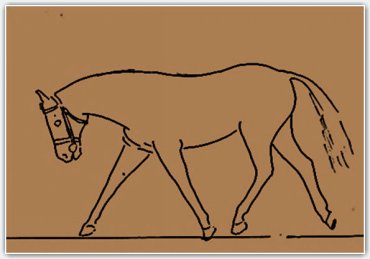
The horse working long and low should have both the right hind and the left front legs off the ground and into the swing phase.
The horse adapts to the increased load on the forelegs prolonging the supporting phase of the left front leg. While the right hind leg is well into the swing phase, the left foreleg remains on the ground. The kinematics abnormality alters the left front limb but also the alighting of the left hind leg. Under normal circumstances, the horse completes the forward swing of the protracting hind during the flight period. In the case of the horse working long and low, the flight period is going to be extremely short or inexistent. Consequently, the forward swing of the left hind legs is going to be limited and the hind leg will alight earlier than it would if the horse was working properly.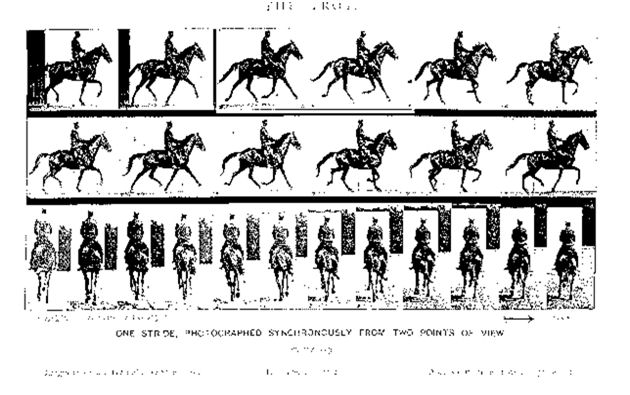
We frame on this sequence the two pictures illustrating the phenomenon. The left picture is the same trot sequence than the one of the horse working long and low. The horse is not heavily loaded on the front legs and both, the hind and front limbs are off the ground. 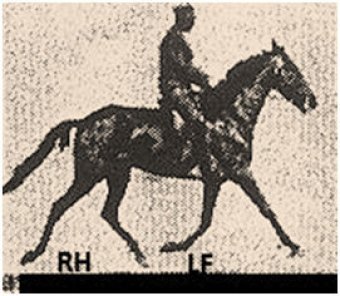

Placing the pictures side by side and you can appreciate the difference of the body angle and the kinematics of the left diagonale. Muybridge’s picture illustrates normal kinematics. At this sequence of the trot, the four legs are off the ground. The horse working long and low is heavily loaded on the forehand and the left foreleg, which should be off the ground, remains on ground contact supporting the weight. One might be disturbed by the situation of the horses facing each other. We outline another Muybridge’s picture series. Starting
from the right
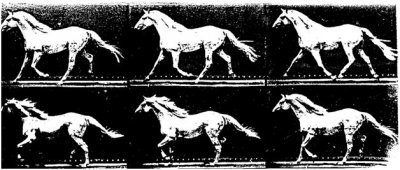
the second picture of the upper line is the same trot sequence than the horse working long and low. The right foreleg is even higher than the left hind leg. The left diagonal, right hind leg and left foreleg, is off the ground, which is normal at this sequence of the stride. By contrast,
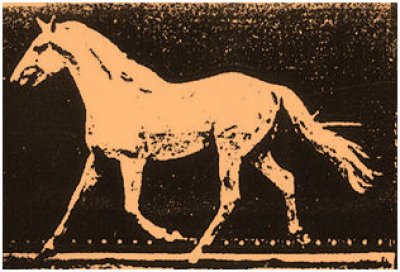
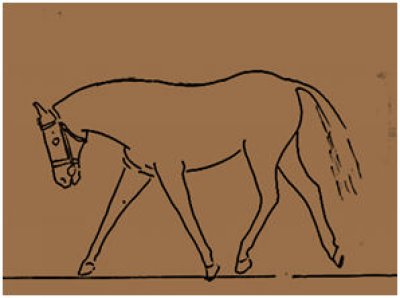
the left front leg of the horse working long and low remains on ground contact due to excessive weight on the forelegs.
Looking at the upper line of Muybridge photographic series, from right to left, we can see the horse taking off from the left diagonal into the flight period and landing on the right diagonal, right foreleg and left hind leg.


Instead, the horse working long and low adapts to excessive weight on the forelegs prolonging the support time of the left front leg and consequently, skipping literally the flight period. From this position, the right front leg and the left hind leg will be on ground contact before that the left foreleg will have left the ground.
This is going to have a damaging effect on the kinematics of the left hind leg. The forward swing of the protracting hind leg occurs during the flight period. The hind limb completes its forward extension as the horse body is moving forward into the flight sequence. The horse working long and low is not going to complete the flight period and the left hind leg is not going to fully achieve its extension and therefore is going to impact too early.


